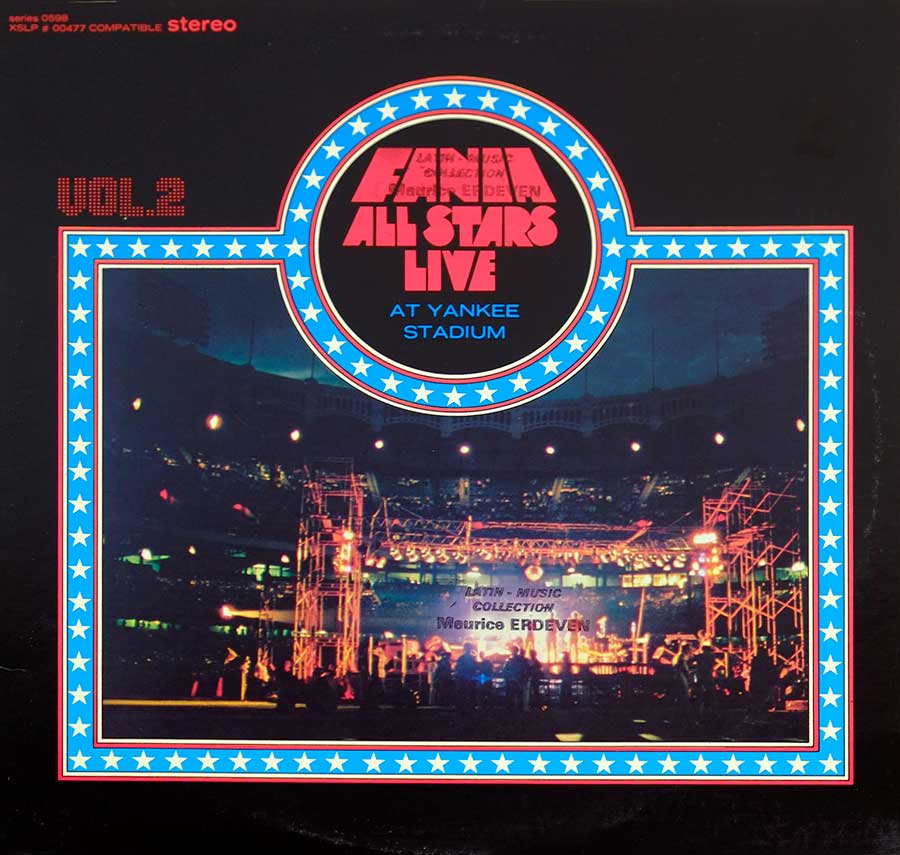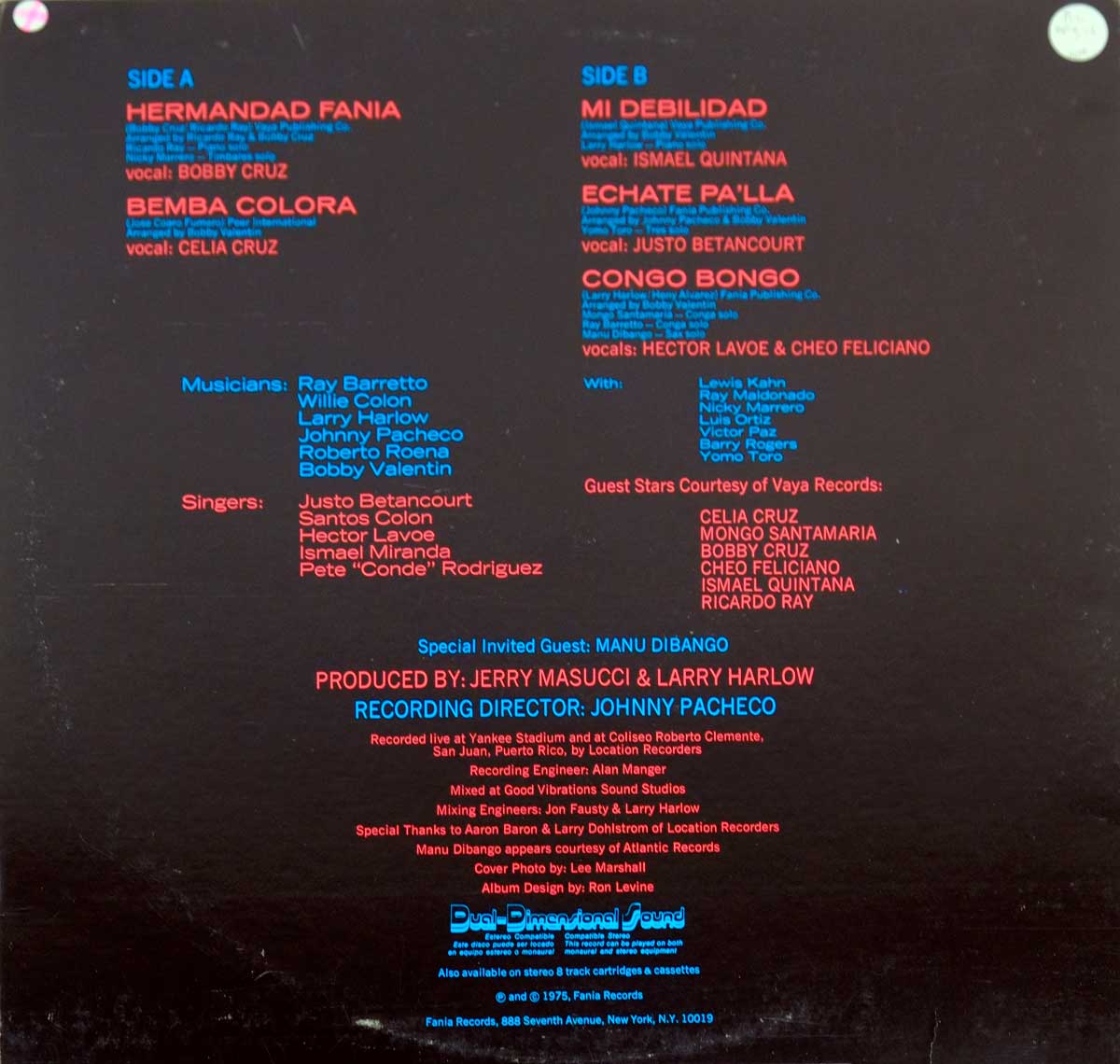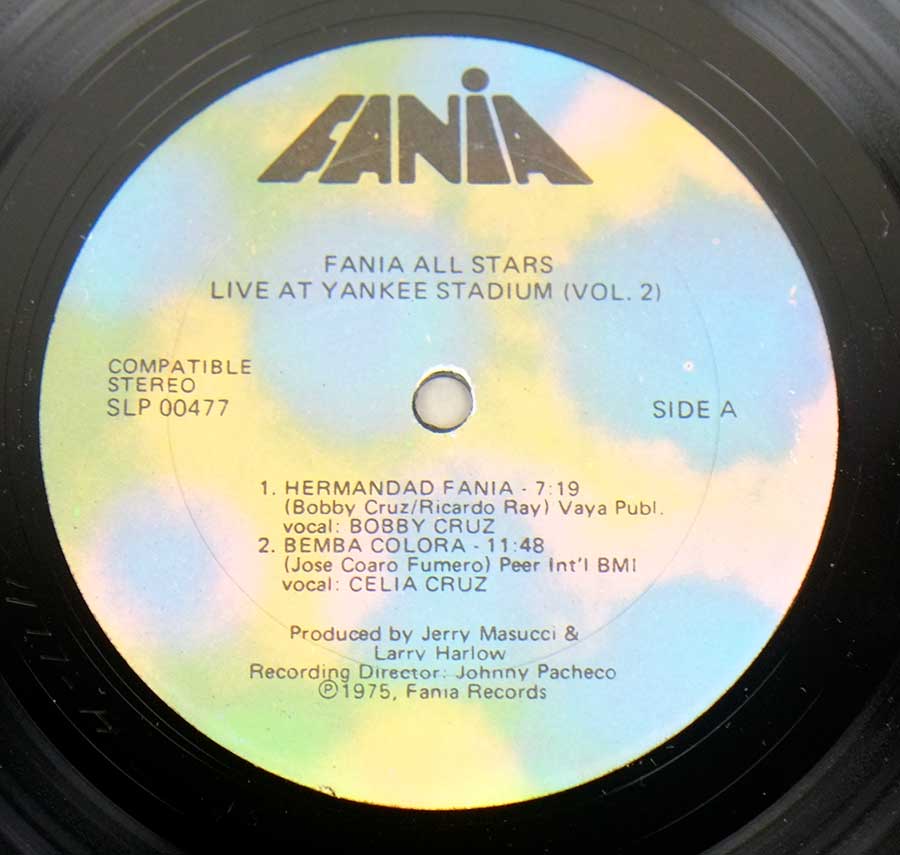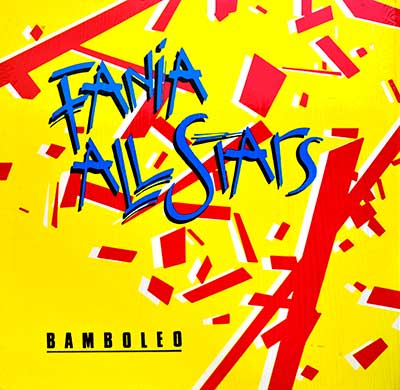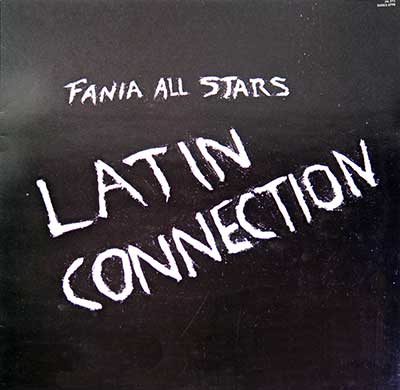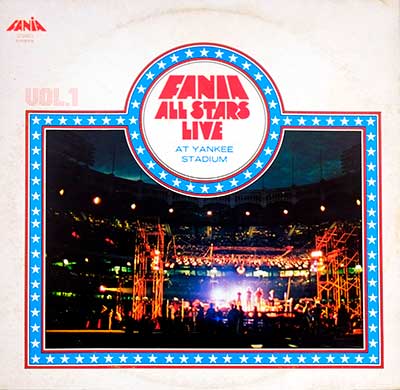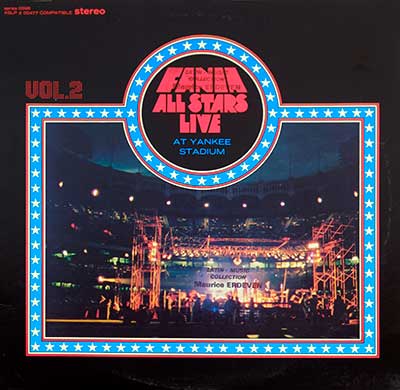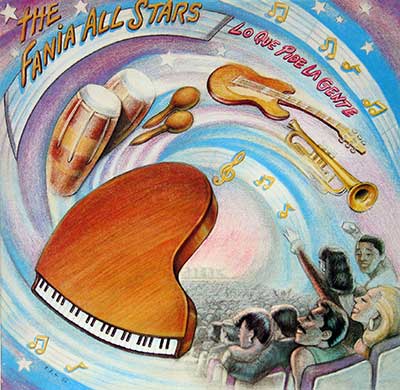The Night Salsa Took Over the Bronx Album Description:
It was the summer of 1973 when Yankee StadiumÑusually echoing with the crack of baseball batsÑwas seized by congas, timbales, and an explosion of brass. On that electric night, the Fania All Stars staged a takeover of cultural proportions, one not marked by rebellion but by rhythm. "Live At Yankee Stadium Vol. 2" is more than a live album; it's a sonic mural of Nuyorican pride, Afro-Caribbean fusion, and transatlantic brotherhood.
From the Barrio to the Bleachers
This was no ordinary concert. The Fania All Stars were already legends within the Latino diasporaÑmusical revolutionaries stitching together Cuban son, Puerto Rican bomba, Dominican merengue, and North American jazz. They werenÕt just playing salsa; they were forging it, live, in real time, with the roar of a stadium as their anvil.
The concert was part political declaration, part fever dream. At a time when the Bronx was burning and Latin identity was often marginalized, Fania Records answered with spectacle and virtuosity. Salsa wasnÕt just musicÑit was resistance you could dance to.
Enter: Manu Dibango
The appearance of Cameroonian saxophonist Manu Dibango was a surprise nobody saw comingÑexcept perhaps FaniaÕs visionary producers Jerry Masucci and Larry Harlow. Fresh off his global hit "Soul Makossa", Dibango joined the stage and turned the concert into something wholly unexpected: a musical summit between Latin New York and West Africa.
What unfolded was spontaneous combustion. DibangoÕs sax cut through the salsa with a Makossa groove so hypnotic it bent time. The band didnÕt flinch. They surged with him, bridging continents by clave. This wasnÕt genre-bending. It was genre-dissolving.
A Fusion of Pulse and Protest
"Live At Yankee Stadium Vol. 2" captures this moment in vinyl amber. From the militant chant of ÒHermandad FaniaÓ to the sensual eruption of ÒBemba ColoraÓ, the album flexes both musical muscle and cultural conscience. This was a band as comfortable protesting injustice as it was igniting a dancefloor.
Johnny Pacheco, the architect of Fania's sound, oversaw recording with an ear tuned to chaos and cohesion. The album features segments from the Yankee Stadium show and the Coliseo Roberto Clemente in San Juan, Puerto RicoÑtwo arenas, one voice. The blend is seamless, proving that salsaÕs power knows no borders.
Controversy in Rhythm
FaniaÕs rise was not without tension. Accusations of commercializing Afro-Caribbean traditions, of capitalizing on ethnic identity, circled the label. But to the fans, and to many musicians, Fania was delivering their stories to the world stageÑwith brass, congas, and soul. And on that night at Yankee Stadium, the music silenced the skepticsÑif only for a few blistering hours.
The Sound of a Movement
This album isnÕt a souvenir. ItÕs an uprising. ÒLive At Yankee Stadium Vol. 2Ó is the audible graffiti of a generation tired of invisibility, armed with salsa as both weapon and celebration. And for one unforgettable night, even Yankee StadiumÑcathedral of AmericaÕs pastimeÑdanced to the Afro-Latin beat.
